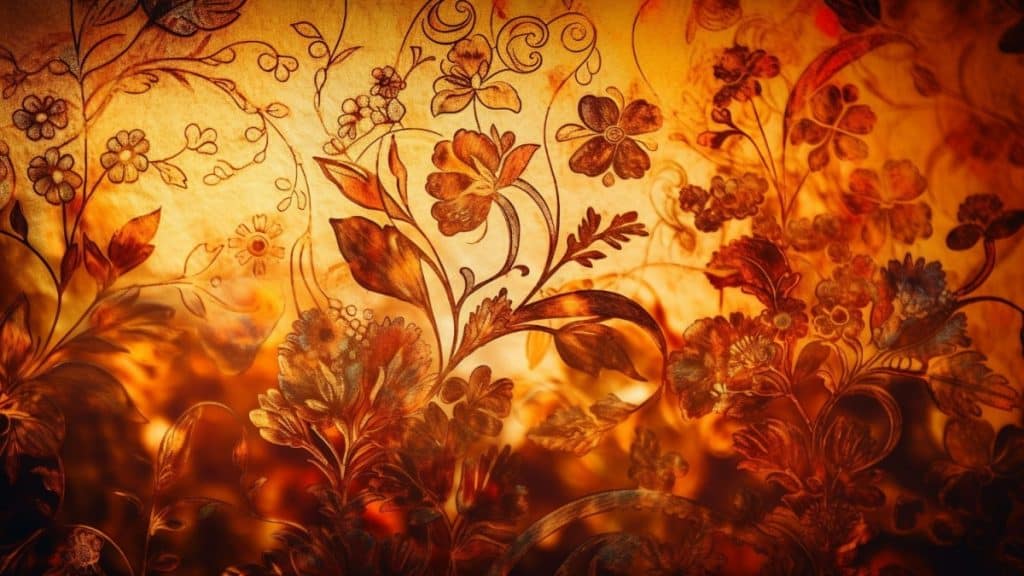Baroque art, a style characterized by exuberant motion, rich color palettes, and dramatic contrast, swept through Europe during the 17th and 18th centuries. This artistic phenomenon, while unified by certain thematic and stylistic tendencies, manifested uniquely across different European countries. In this comparative study, we will delve into how Baroque style painting evolved distinctly in Italy, France, Spain, and the Netherlands, shaping the cultural landscape of each nation.
In Italy, the cradle of Baroque style painting, artists like Caravaggio and Bernini set the standard with their revolutionary use of chiaroscuro and emotional intensity. Italian Baroque paintings often featured religious themes and mythological subjects, imbued with a sense of movement and transformation that captivated the viewer. The dynamism present in Caravaggio’s works, such as “The Calling of St. Matthew,” demonstrated the quintessential Baroque style painting’s ability to depict not just a moment, but a story in the making.
French Baroque style painting, on the other hand, was heavily influenced by the monarchy and the grandeur of the court of Louis XIV. Artists like Charles Le Brun, the principal painter to the king, embodied the French interpretation of Baroque with a sense of controlled grandiosity. The paintings were less about the stark contrasts of light and shadow and more about the splendor and opulence that reflected the Sun King’s reign. The Palace of Versailles, with its Hall of Mirrors, stands as a monumental example of French Baroque, where painting, architecture, and decor combine to create an environment of overwhelming magnificence.
Moving to Spain, we find a Baroque style painting that is imbued with deep religious fervor and a stark realism. Spanish Baroque artists such as Diego Velázquez and Francisco de Zurbarán painted with a sober palette, using the play of light to highlight the spiritual and emotional depth of their subjects. Velázquez’s “Las Meninas” exemplifies Spanish Baroque painting’s complexity, with its sophisticated use of perspective and light to engage the viewer in a narrative that is both intimate and grand.
In the Netherlands, Baroque style painting took a different turn, reflecting the Dutch Golden Age’s mercantile prosperity and interest in realism. Dutch artists like Rembrandt and Vermeer focused on domestic interiors, landscapes, and genre scenes that spoke to the values and experiences of the burgeoning middle class. The intimate scale and detailed realism of Vermeer’s “Girl with a Pearl Earring” contrast sharply with the monumental religious scenes favored in Italy, demonstrating how the Baroque style painting in the Netherlands was adapted to suit local tastes and cultural narratives.
Comparing these variations of Baroque style painting reveals how a singular artistic movement can diverge to reflect the unique political, religious, and social climates of different countries. Italy’s dramatic and theatrical approach echoed the tumultuous spiritual landscape of the Counter-Reformation. France’s grandiose and elegant expression was a mirror to its absolute monarchy. Spain’s introspective and pious canvases were deeply connected to the Catholic Church’s influence, and the Netherlands’ detailed and secular works reflected its mercantile wealth and Protestant ethic.
The Baroque style painting, with its emphasis on drama, emotion, and grandeur, offered a visual language that could be adapted to tell the stories that each European country wanted to tell about itself. Whether in the vivid depictions of divine narratives in Italy, the regal portraits of France, the pensive religious scenes of Spain, or the detailed everyday life in the Netherlands, Baroque art gives us a rich tapestry of how identity and culture were expressed through the canvas.
In conclusion, the Baroque period was an era of immense creativity and diversity in painting. Each country’s unique approach to Baroque style painting offers insight into the broader cultural and historical context of the time. Through this comparative study, we can appreciate the nuanced differences and appreciate how a single artistic movement can be both unified and distinctly varied across nations. The legacy of Baroque style painting continues to influence contemporary art and remains a testament to the rich cultural heritage of Europe.
